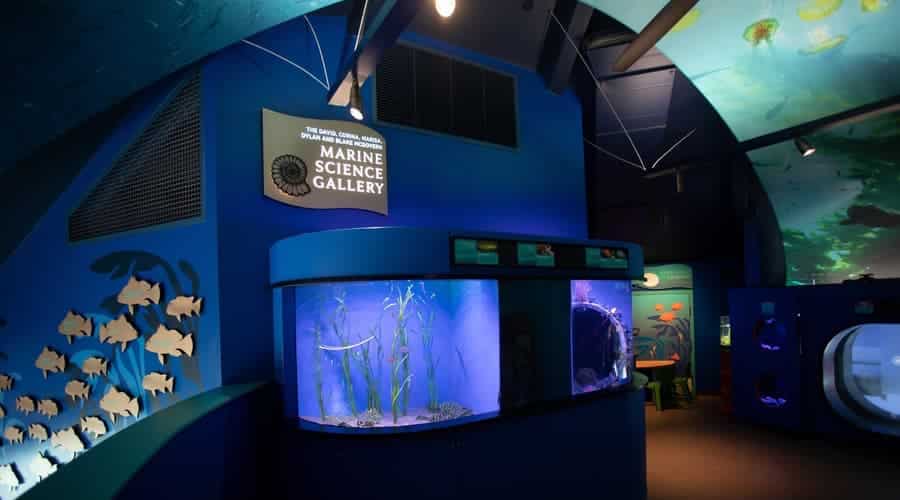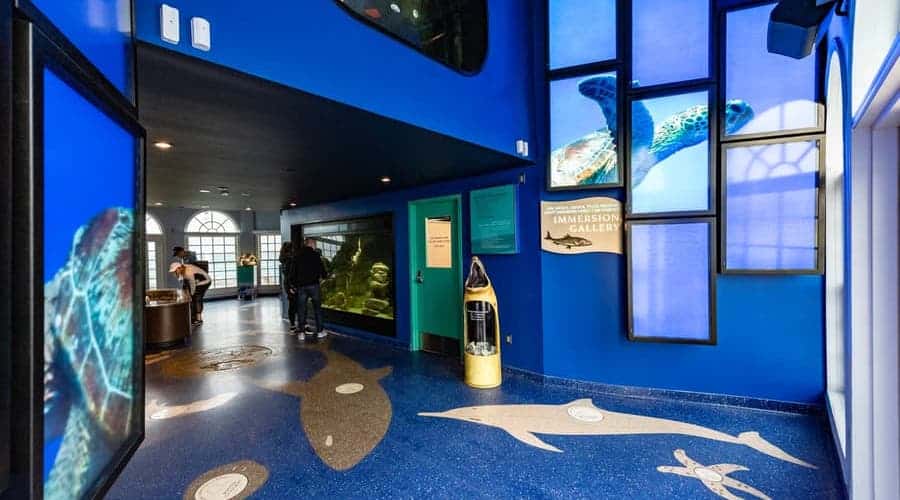John is a retired Professor of Biology at California State University, Dominguez Hills. His primary teaching responsibility was genetics. He served as Biology Department Chair and was Co-founder and Director of the MS in Environmental Sciences Program. Prior to that, he was a Senior Research Fellow at Cal Tech’s Kerckhoff Marine Laboratory in Corona Del Mar.
He attended UC Santa Barbara for his undergraduate and graduate education. His research focused on evolutionary and ecological genetics, emphasizing marine invertebrates, reptiles, and bacteria. He has been on the Board of Directors of the Southern California Academy of Sciences since 1999, and has served as President, Vice President, and Secretary.
He and his wife, Diane, have lived in Manhattan Beach since 2004; they have three children and four grandchildren, who attend local schools. His goal on the Roundhouse Board is to promote the Aquarium as a community resource for information and education; this includes sponsorship of public lectures on issues of current interest in marine science.




